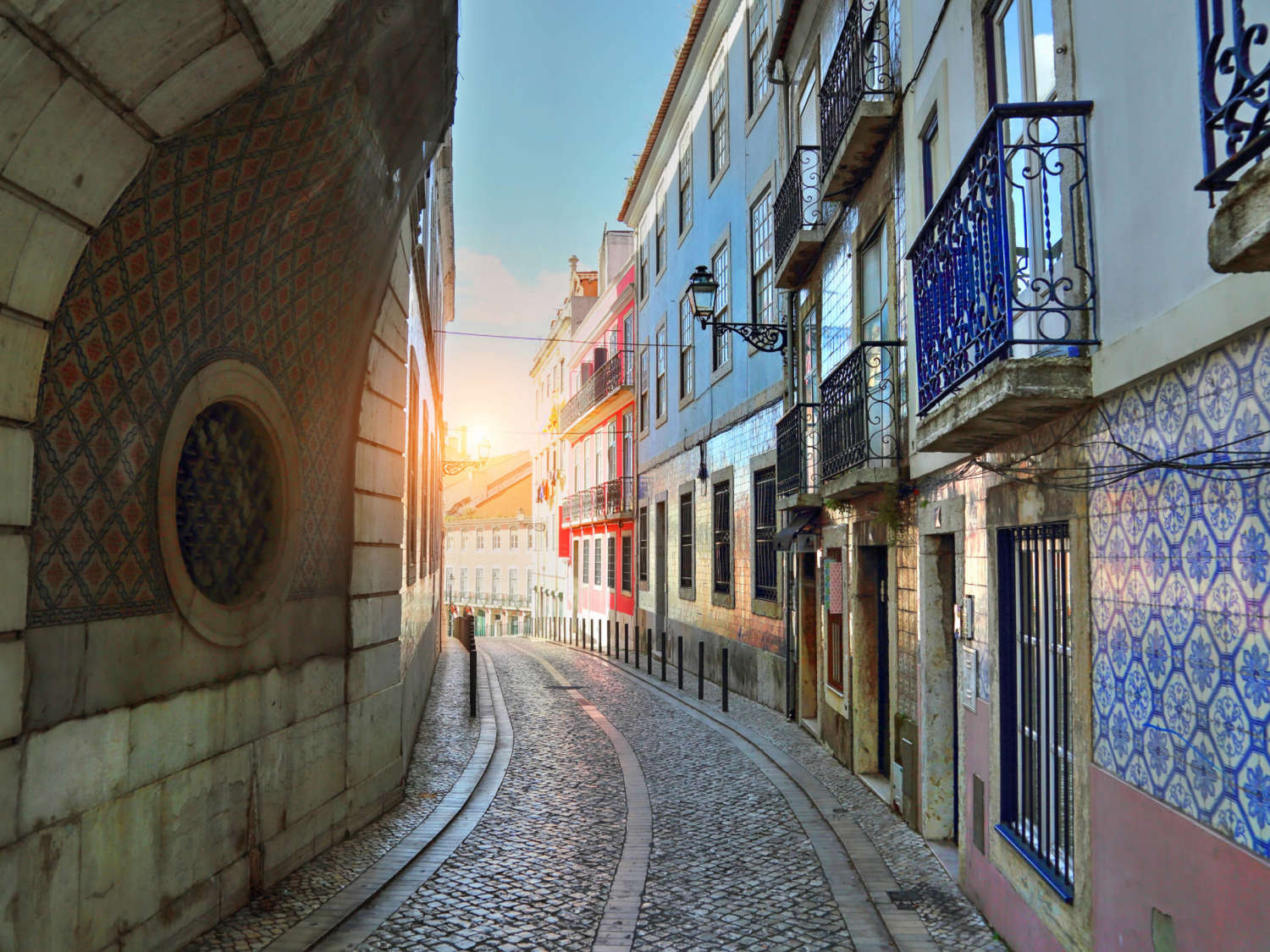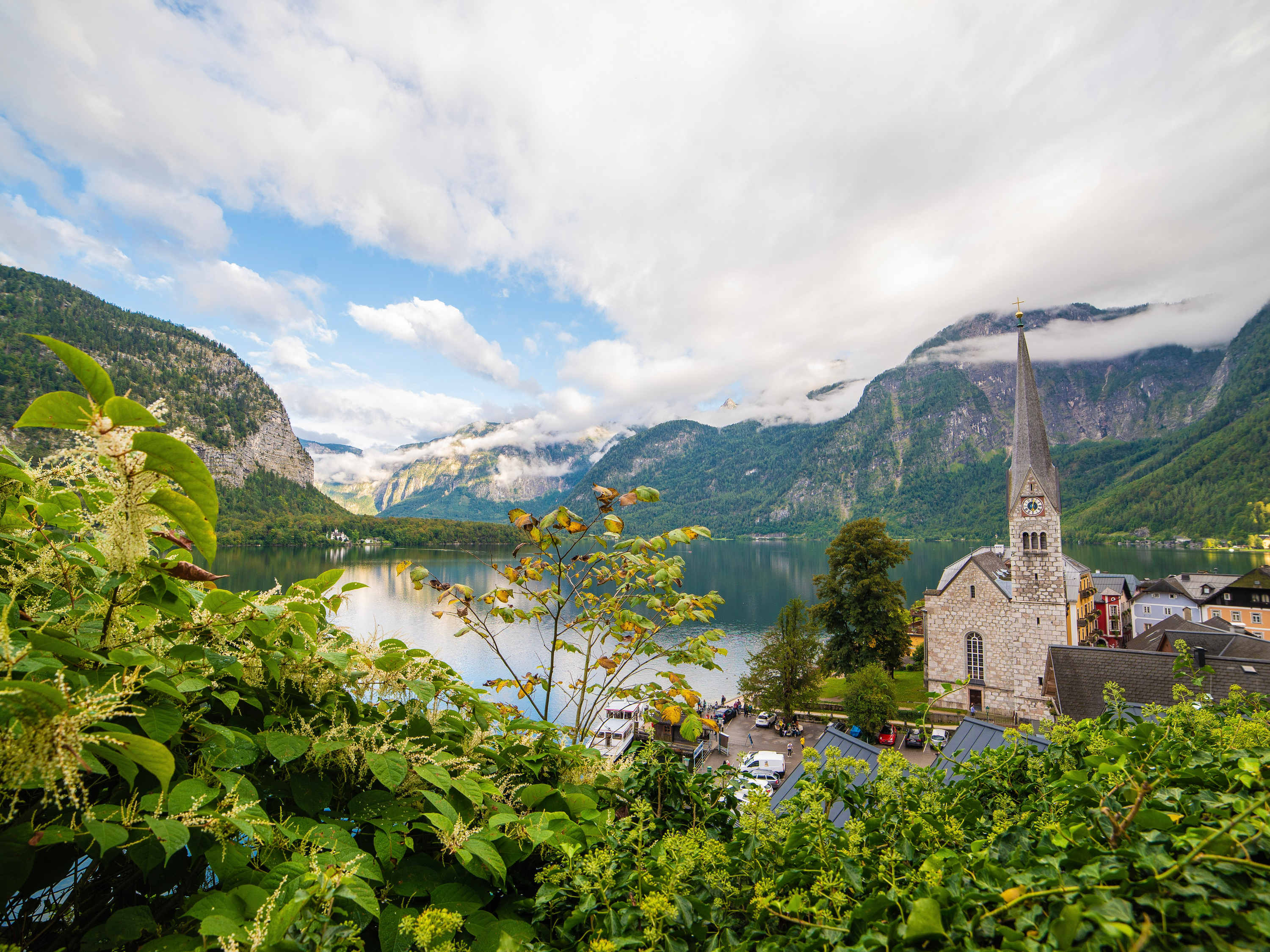Lisbon is one of the oldest cities in Europe and a place where countless diverse civilizations and cultures left their mark and identity. Since 2016, our team of Context Experts has guided travelers through the many UNESCO World Heritage Sites and hidden treasures scattered throughout the City of Seven Hills. During our private guided walking tours, you’ll learn about the remarkable history, artistic vibrance, and favorite cuisines of Portuguese locals. Whether it’s your first visit to Lisbon – or you’ve called the city your home – there is so much to discover with Context. Starting with where to stay in Lisbon!
Together we’ll trace the history and evolution of Lisbon through the ages, as we see how some neighborhoods have frozen in time, while others have adopted a more cosmopolitan feel. We’ve compiled the perfect guide for travelers looking to learn about the many different facets of this wonderful Portuguese city’s neighborhoods. And if you only have one day to spend in the city – our Lisbon in a Day tour is just right for you.
Where to Stay in Lisbon with Context
As we explain the best places to stay in Lisbon, we’ll learn about the variety of neighborhoods, which allow for a direct view of its rich and millenary past: from the labyrinthine Moorish and Jewish medieval streets to the glorious monuments of the Discoveries Age period to the small cafes with a literary and cosmopolitan nineteenth-century atmosphere to today’s contemporary architecture and projects.
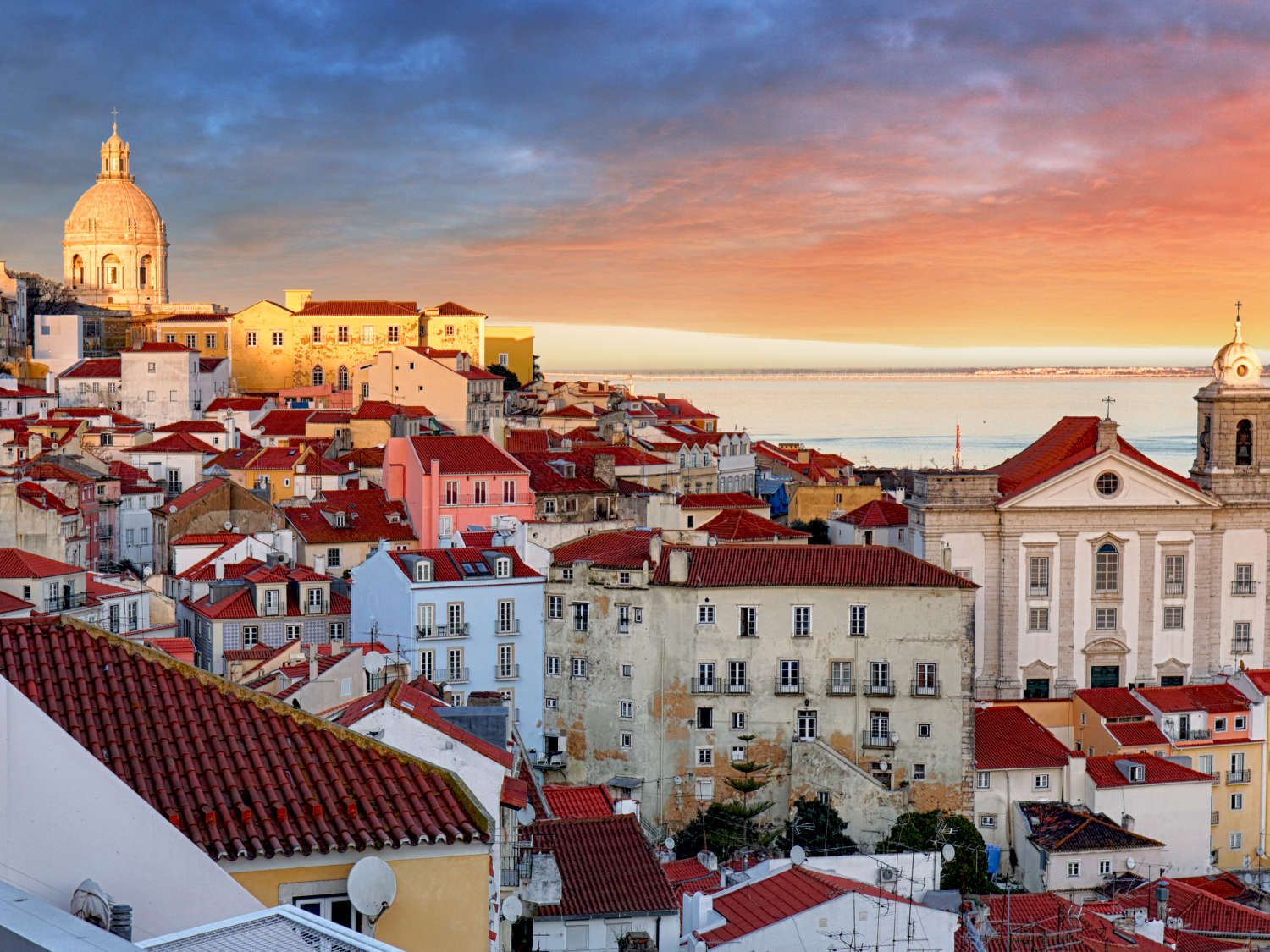
Best Time of Year to Visit Lisbon
What’s the weather like in Lisbon? Our local experts agree that the best time of the year to visit Lisbon is during the off-peak travel season. We recommend booking your stay in Lisbon from March to May or September to October. The weather will be mild, the hotel rates will be reasonably priced, and the city’s attractions will be less crowded.
During those months, you might also be able to enjoy time in the water, while the temperatures aren’t too sweltering and the shores aren’t too crowded. Lisbon has several of the finest beaches in all of Europe. Travelers can choose from a variety of locations that provide either calm lagoons or high waves to surf. November is the rainiest month in Lisbon, so bear that in mind while planning your itinerary with Context’s Client Experience team.

Best Part of Lisbon to Stay — Neighborhoods of Lisbon
Each of the city’s 11 key neighborhoods have unique quirks and characteristics that charm locals and visitors alike. In recent years, Lisbon has seen a boom in popularity with tourists, and its hotels, hostels, and apartments remain near capacity all year round.
Traveling to Lisbon, it is hard to know how to pick your accommodations from an endless list of choices. We’ve narrowed it down to a few favorite neighborhoods. To give you an overview, Parque das Nações, Alfama, Baixa, Belem, Mouraria, and Bairro Alto are some of our favorites.
Where to Stay in Lisbon with a Family
We talked with several Context travelers who’ve stayed with their families in Lisbon, and everyone agreed that Parque das Nações (Park of the Nations) has the best deals for families. It’s an easy distance from Europe’s largest aquarium – always a delightful activity for kids on a rainy day in Lisbon. Kids also get a thrill out of the Pavilhao do Conhecimento, which is a Science Museum filled with interactive exhibits – perfect for the whole family.
Thirty years ago, this neighborhood was a part of the 1998 World’s Fair, and it has seen a resurgence in popularity ever since. Its now home to many of the city’s more modern amenities, including a shopping center, cinema, casino, and the city’s primary concert venue.
Where to Stay for Museum Lovers
Several of Lisbon’s best attractions can be found within the sea-side Belem neighborhood, including the Mosterio dos Jeronimos (a beautiful monastery), Torre de Belem (a ceremonial gateway to the city), and the Padrão dos Descobrimentos (a monument to the explorers who departed from these docks to explore unknown corners of the world).

Where to Stay for Historians
Mouraria dates back to the medieval period and is now among the most diverse districts of the city. You can explore an enormous variety of Asian cuisines in the “Chinatown” area, or follow the steps downhill to reach Largo da Achada, a small square that holds one of Lisbon’s oldest houses. British-born artist Camilla Watson has also left a mark on the neighborhood, with her black and white photographs on the façades of buildings – mixed with traditional blue tilework.
One of our favorite places to stay in Mouraria is the Lisboa Hotel, first built in 1908 and transformed into a 4-star hotel in 2017. For travelers on a budget, we would also recommend considering Inn Possible Lisbon Hostel, which is located just a short walk from downtown.
Where to Stay to Get a Taste of Culture
Alfama is widely considered to be Lisbon’s most charming neighborhood, especially welcoming to first-time travelers. Its picturesque cobblestone streets and winding alleys provide the perfect home base for your stay in the city. You’ll also delight in the bright yellow trolleys of the Remodelado tram line – a relic of the 1930s which has stood the test of time.
Alfama’s shop owners provide everything you need for the perfect stay in Lisbon. You can get a classic Portuguese meal for dinner and end the night dancing to traditional Fado music under the stars. Sailors' wives developed these songs while they awaited their loved ones’ return and they are usually performed with only an acoustic guitar as accompaniment.
Towering imposingly above the streets of Alfama is the Castelo de Sao Jorge which was heavily fortified during the medieval age to protect the Royal Families of early Portuguese history.
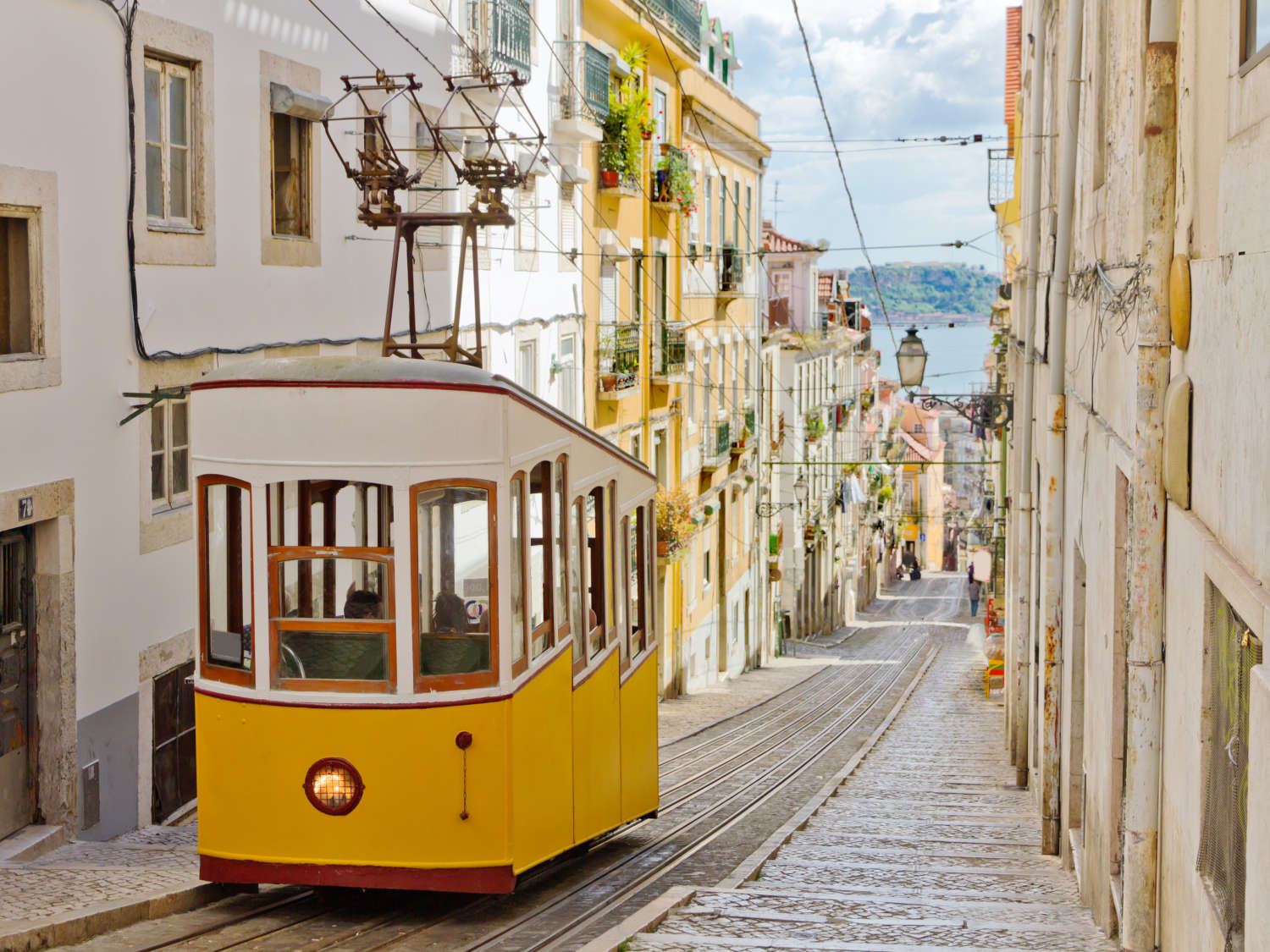
Where to Stay On a Budget
If you’re traveling to Lisbon on a budget, Baixa and Rossio are good neighborhoods to consider. These two neighborhoods are at the heart of the city’s tourist corridor, with plenty of great restaurants and shops to explore. These neighborhoods also provide outstanding access to the city’s funiculars, which sail high above the rooftops and provide a terrific vantage point to discover Lisbon’s beautiful architecture.
And did you know that this district also is home to one of the world’s oldest bookstores? Livraria Bertrand is one of our local team’s favorite bookstores to curl up with a cup of coffee.
Following the earthquake of 1755, much of this sector of the city was rebuilt in the Neoclassical architectural style. So as you decide where to stay in Lisbon, these two districts provide the perfect blend of old and new. Many street names in the Baixa neighborhood held on to their original historical context – best illustrated by Rua de Prata and Rua do Ouro (silversmiths and goldsmiths respectively).
Where to Stay for Foodies
After exploring the Baixa district, it’s a natural next step to continue along the waterfront to Cais do Sodré. This neighborhood has recently undergone a total transformation from rough and tumble to trendy. Centered around the nightlife scene on Pink Street, an enormous array of bars and clubs stay open until sunrise.
During daylight hours, the main attraction here are the galleries and shops which line the streets. A popular destination for lunch is always the Timeout Market. Timeout hosts rotating food stalls that bring many of the city’s independent restauranteurs all to one central location. Or you and your friends might enjoy a stroll along the waterfront at Tejo Estuary.

Where to Stay for the Night Life
The Bairro Alto neighborhood comes to life each night as tourists and locals gather to party until the sun rises. Much like Montmartre in Paris, its graffiti-covered facades and colorful abodes rest atop one of the city’s seven hills – and provide outstanding views. Dating back to the 1500s, this neighborhood has traditionally been home to several famous artists, writers, musicians, and bohemians. Today, tourists can rent private apartments from local landlords, or choose to stay in one of the many modern hotels. This neighborhood has many international restaurants to sample, along with several traditional Fado houses to dance the night away.
Where to Stay for Beach Lovers
Many first-time travelers wonder whether it is better to stay in Lisbon or Cascais. But for those who are interested in waking up to the sound of the waves crashing on the shore, the small town of Cascais is the perfect place to stay. Traditionally a small fishing village, it is now developed into several popular tourist destinations and relaxing resorts.
Cascais was historically the summer vacation destination for the Portuguese upper class. Within the cobblestone streets of its historic center, there are many museums, lavish villas, and lively bars that keep the city buzzing. While based in Cascais, you’re also able to visit Cabo da Rocha, which is as far west as one can travel in mainland Europe.
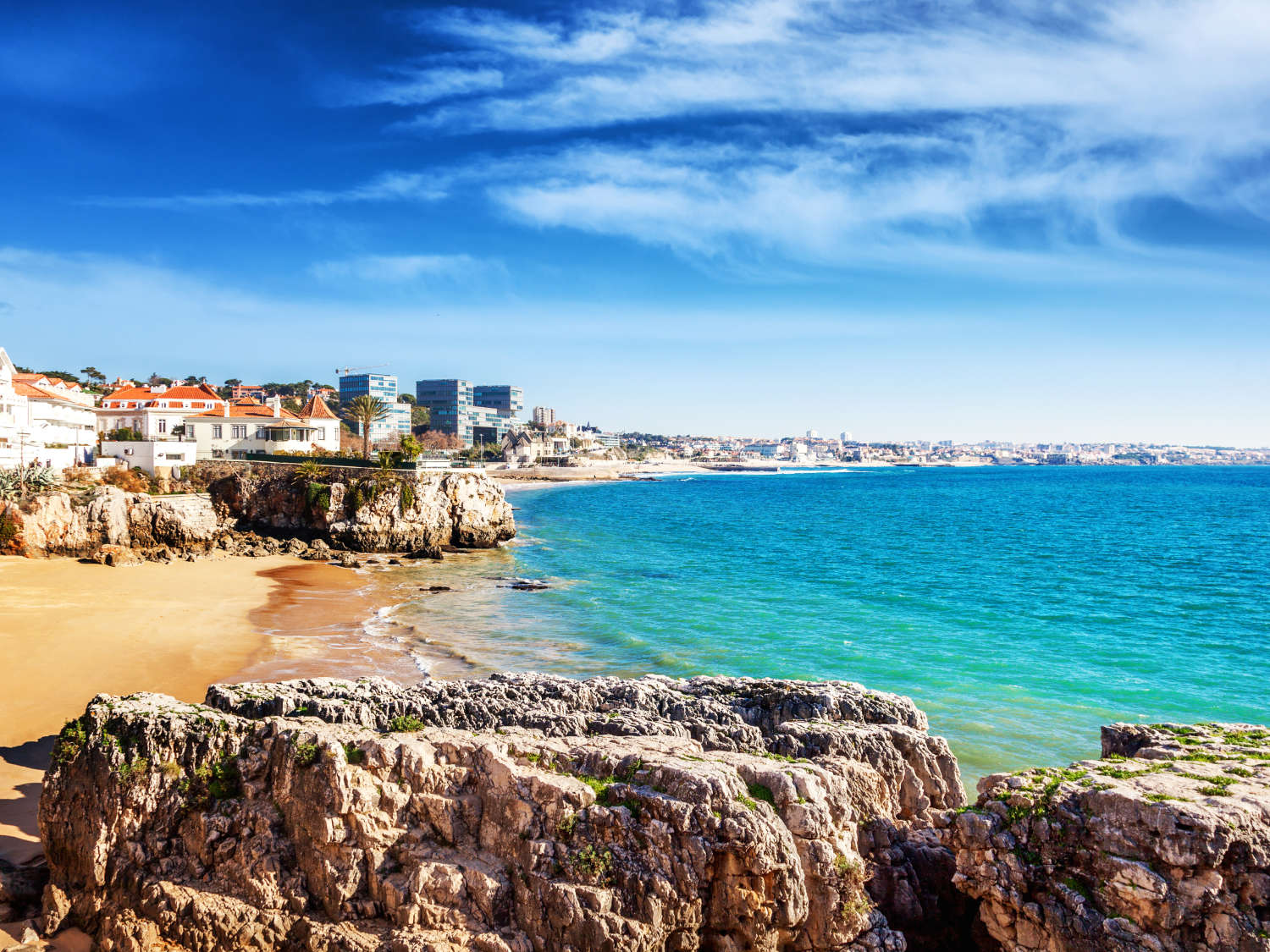
How Walkable Is Lisbon?
Like with many other European capital cities, the best way to explore the culture and cuisines of Lisbon is on foot. To avoid some of the city’s toughest hills, we can take shortcuts through stores with escalators, as well as strategically located funiculars and elevators throughout the city. The most famous and enjoyable of these is the Elevador da Bica.
Did you know that Lisbon is nicknamed the City of Seven Hills? When your feet are aching from climbing steps, Lisbon also has rideshare options to choose from, including Uber.
Learn About Lisbon Online with Context
Want to see the beautiful world of Portugal from your living room? Join our experts online and dive into the culture, history, and foods of the country while discovering hidden insights and places you wouldn't otherwise see.
